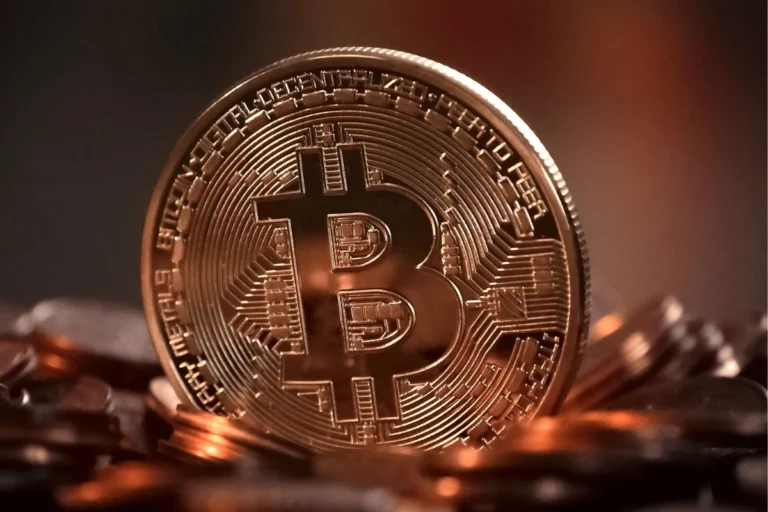XAU/USD pair fall to $1,720 on Friday despite a subdued DXY: Next week US inflation.
Gold price (XAU/USD) has delivered a downside break of the consolidation formed in a narrow range of $1,720.89-1,723.08 in the Asian session. The precious metal is declining after printing a fresh two-week high around $1,735.00 on Monday. The gold prices are witnessing the heat amid lower consensus for US inflation.
Investors should be aware of the fact that the precious metal is considered an inflation-hedged tool and a decline in the US inflation forecast has forced the market participants to trim their longs from the gold counter. The estimates for the headline US Consumer Price Index (CPI) that inculcates oil and food prices are at 8.1% significantly lower than the former figure of 8.5%.
A back-to-back decline in the inflation rate is enough to suggest that prices are no longer rising as rapidly as they were before. The core US CPI is currently at 6%, which is 10 basis points higher than the prior release. Meanwhile, the US dollar index (DXY) is not displaying much movement. The asset is oscillating in a narrow range of 108.14-108.27 as investors wait for the release of the US inflation data before making any decisions.

Xauusd H1 Chart
On an hourly scale, the gold prices are auctioning in a Symmetrical Triangle chart pattern, which advocates a volatility contraction ahead. However, a break of the same on either side results in wider ticks and heavy volume.
The 50-period Exponential Moving Average (EMA) at $1,722.00 is overlapping with the gold prices, which indicates an ongoing consolidation in the counter.
While, the Relative Strength Index (RSI) (14) has slipped into the 40.00-60.00 range, which signals that the bullish bias has been trimmed for now.







4 Comments